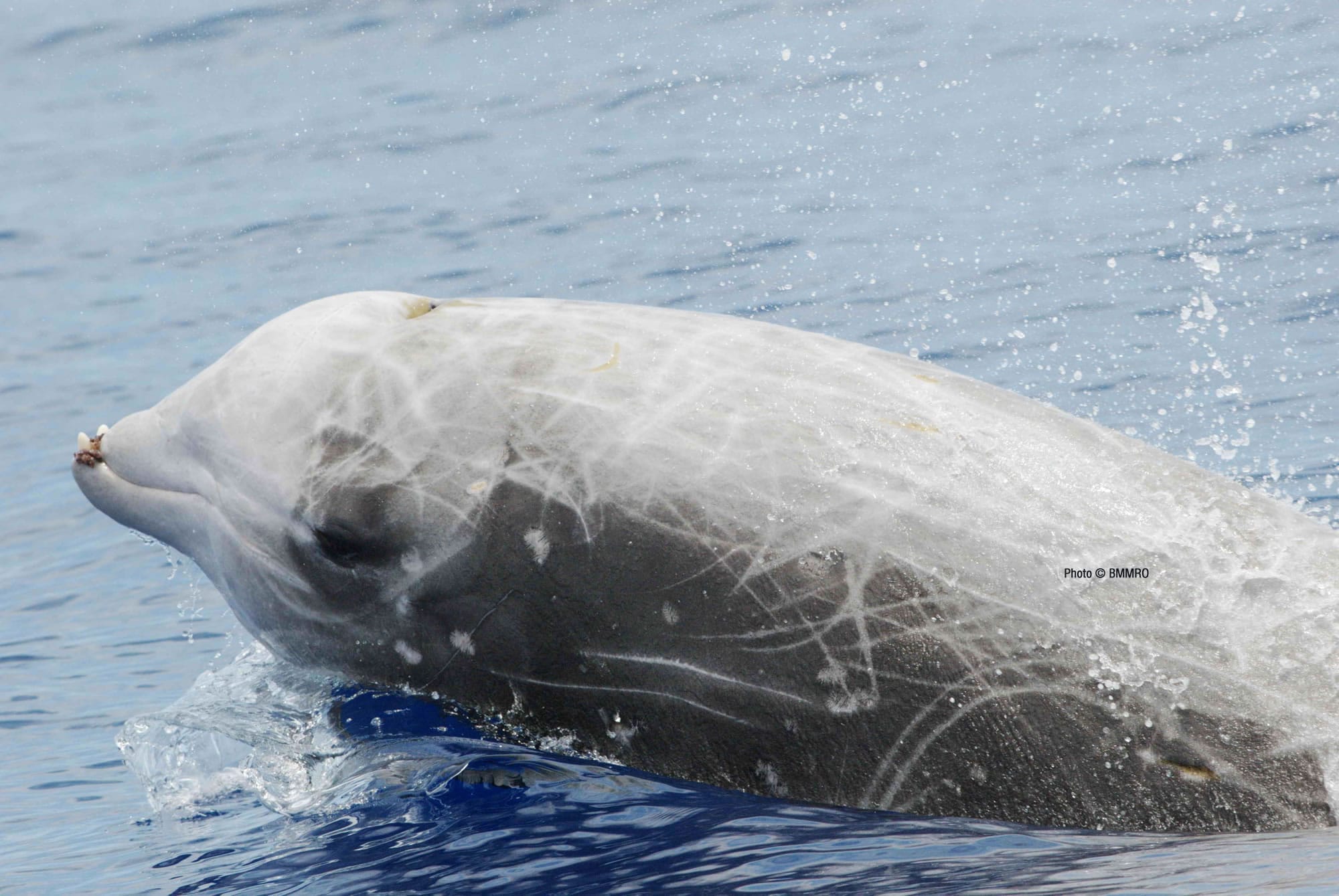Biology and Taxonomy

Spade toothed beaked whales – The spade-toothed beaked whale (Mesoplodon traversii) is a species of beaked whale in the family Ziphiidae. It is a medium-sized whale, with adults typically reaching lengths of 4.5-5.5 meters and weighing around 1,000-1,500 kilograms. The spade-toothed beaked whale has a distinctive spade-shaped rostrum, which is longer in males than in females. The body is dark gray in color, with a lighter gray underside. The dorsal fin is located about two-thirds of the way down the back, and is falcate in shape. The spade-toothed beaked whale is found in the Southern Hemisphere, in waters off of South America, South Africa, and New Zealand.
Spade-toothed beaked whales are mysterious creatures that dive deep into the ocean. But hey, did you know that they have a secret connection to Jarren Duran , the rising star in baseball? Just like the whales, Duran has a unique ability to plunge into the depths and come up with something special.
Back to our whales, their echolocation skills are like Duran’s sharp instincts on the field. They both navigate the unknown with precision, making them fascinating to watch.
Taxonomic Classification, Spade toothed beaked whales
The spade-toothed beaked whale is classified as follows:
- Kingdom: Animalia
- Phylum: Chordata
- Class: Mammalia
- Order: Cetacea
- Family: Ziphiidae
- Genus: Mesoplodon
- Species: Mesoplodon traversii
Evolutionary History
The spade-toothed beaked whale is thought to have evolved from a common ancestor with the other beaked whales in the genus Mesoplodon. The genus Mesoplodon is thought to have diverged from the other ziphiids around 15 million years ago. The spade-toothed beaked whale is thought to have diverged from the other species in the genus Mesoplodon around 5 million years ago.
Did you know that spade-toothed beaked whales have a unique ability to echolocate and communicate? These incredible creatures use high-frequency sounds to navigate and find food. And get this, one of the leading experts on trade and economics, Peter Navarro , has studied the behavior of these whales.
Back to our beaked buddies, they’re fascinating creatures that still hold many mysteries for us to uncover.
Habitat and Distribution: Spade Toothed Beaked Whales

Spade-toothed beaked whales are elusive creatures that prefer the deep waters of the world’s oceans. They typically reside in waters ranging from 1,000 to 3,000 meters deep, where the temperatures are cold and the environment is dark.
These whales have a global distribution, but they are most commonly found in the temperate and subpolar regions of the Atlantic, Pacific, and Indian Oceans. They have also been spotted in the Southern Ocean and the Mediterranean Sea.
Factors Influencing Distribution and Abundance
Several factors influence the distribution and abundance of spade-toothed beaked whales. These include:
- Prey availability: Spade-toothed beaked whales primarily feed on squid and fish. Their distribution is closely tied to the availability of these prey species.
- Ocean currents: Ocean currents play a role in transporting prey and distributing nutrients. Spade-toothed beaked whales often follow ocean currents to find food and suitable habitats.
- Human activities: Human activities, such as noise pollution, ship traffic, and overfishing, can impact the distribution and abundance of spade-toothed beaked whales.
Behavior and Ecology

The spade-toothed beaked whale exhibits intriguing social dynamics and fascinating feeding habits. Let’s dive into the complexities of this enigmatic creature.
Social Behavior
Spade-toothed beaked whales are highly social animals that live in tight-knit groups of up to 10 individuals. These groups consist of both males and females, with a clear dominance hierarchy established among the members. Communication is crucial for maintaining group cohesion and coordinating activities. They utilize a complex repertoire of vocalizations, including whistles, clicks, and pulsed calls, to communicate over long distances.
Reproductive strategies play a significant role in the social behavior of spade-toothed beaked whales. Males engage in competitive displays to attract females, showcasing their strength and vocal prowess. Females are highly selective in choosing their mates, often preferring males with the most impressive displays.
Feeding Habits
Spade-toothed beaked whales are formidable predators that primarily target deep-sea fish, squid, and crustaceans. They employ a unique hunting technique known as “ram feeding,” where they swim rapidly towards their prey with their mouths open wide, creating a powerful suction force that engulfs their target.
These whales play a vital role in the marine ecosystem as apex predators. By controlling the populations of their prey species, they help maintain a healthy balance in the food web.
Threats
Unfortunately, spade-toothed beaked whales face several threats to their survival. Habitat loss due to human activities, such as oil and gas exploration, can disrupt their feeding and breeding grounds. Pollution, particularly noise pollution from ships and sonar, can interfere with their communication and navigation abilities.
Another significant threat is bycatch in fishing gear. Spade-toothed beaked whales can become entangled in nets and lines, leading to injury or death. Bycatch poses a severe conservation challenge and requires urgent mitigation measures to protect these magnificent creatures.